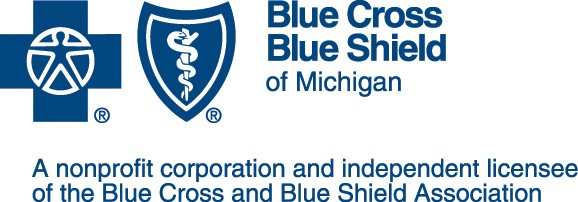Replacing Albuterol Rescue Inhalers – Audiocast CME Opportunity

Listen and learn from Dr. Reuben Strayer, emergency medicine physician in New York, about how providers can improve their patient outcomes by replacing Albuterol rescue inhalers.
Audiocast Highlights:
- Asthma outcomes can be improved by replacing the standard rescue beta agonist inhalers (albuterol metered-dose inhaler [MDI]) with combination beta agonist/corticosteroid inhalers (formoterol/budesonide).
- Dr. Strayer recounts a call from his local chain pharmacy on this topic: “albuterol-only treatment is associated with increased risk of exacerbations and current guidelines recommend adding an inhaled corticosteroid-containing treatment as soon as possible after asthma diagnosis has been made, because as needed inhaled steroid+formoterol treatment is shown to reduce the risk of severe exacerbations even in patients with infrequent asthma symptoms.”
- Formoterol is a long-acting beta agonist (LABA) but is also an immediate-acting beta agonist. It is appropriate both as a rescue medication (like albuterol) and as a maintenance medication.
- The National Heart, Lung, and Blood Institute (NHLBI) 2020 guidelines give a strong recommendation for combination inhaled formoterol/corticosteroid to be used as both rescue and maintenance in asthma.
- Prescription: budesonide/formoterol 80/4.5 μg/puff, 1-2 puffs once to twice daily for maintenance, and then 1-2 puffs every 2-4 hours as needed for asthma symptoms, with instructions to go to the ED if more than that is required.
- As a result of the difficulty for many patients in getting to primary care, emergency clinicians should strongly consider adopting this practice.
References:
- 2020 Focused Updates to the Asthma Management Guidelines: A Report from the National Asthma Education and Prevention Program Coordinating Committee Expert Panel Working Group
Expert Panel Working Group of the National Heart, Lung, and Blood Institute (NHLBI) administered and coordinated National Asthma Education and Prevention Program Coordinating Committee (NAEPPCC), Cloutier MM, Baptist AP, et al. J Allergy Clin Immunol. 2020;146(6):1217-1270. doi: 10.1016/j.jaci.2020.10.003. PMID: 33280709 [published correction appears in J Allergy Clin Immunol. 2021 Apr;147(4):1528-1530] - GINA 2019: a fundamental change in asthma management: Treatment of asthma with short-acting bronchodilators alone is no longer recommended for adults and adolescents Reddel HK, FitzGerald JM, Bateman ED, et al. Eur Respir J. 2019;53(6):1901046. doi: 10.1183/13993003.01046-2019. PMID: 31249014
- Real-world patterns and implications of short-acting β2-agonist use in patients with asthma in the United States Lugogo N, Gilbert I, Tkacz J, et al. Ann Allergy Asthma Immunol. 2021;126(6):681-689.e1. doi: 10.1016/j.anai.2021.01.024. PMID: 33515710
- Asthma-related hospitalizations after implementing SABA-free asthma management with a maintenance and anti-inflammatory reliever regimen Nannini LJ, Neumayer NS, Brandan N, et al. Eur Clin Respir J. 2022;9(1):2110706. doi: 10.1080/20018525.2022.2110706. PMID: 35959199
- Overuse of short-acting β2-agonists in asthma is associated with increased risk of exacerbation and mortality: a nationwide cohort study of the global SABINA programme Nwaru BI, Ekström M, Hasvold P, et al. Eur Respir J. 2020;55(4):1901872. doi: 10.1183/13993003.01872-2019. PMID: 31949111

